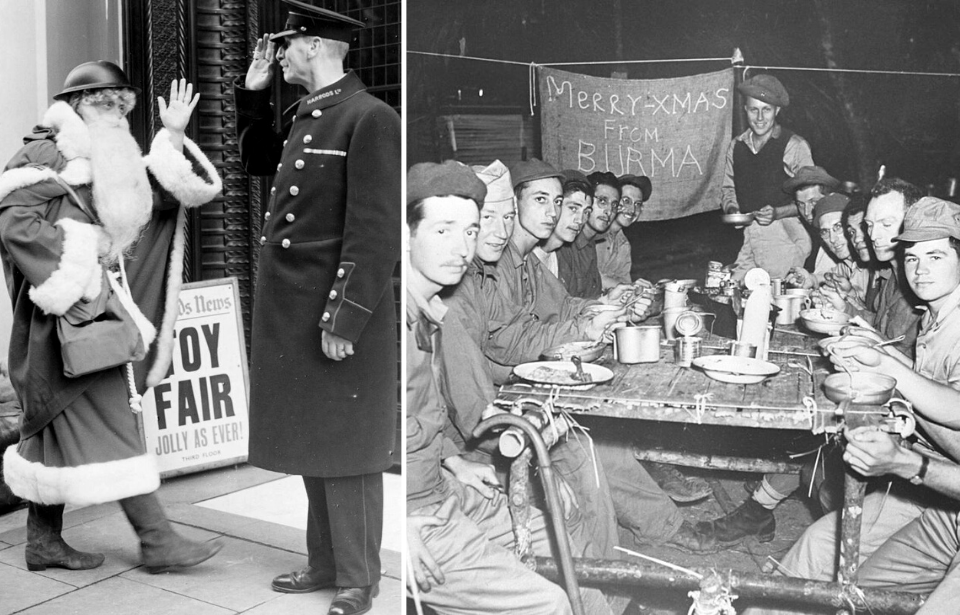Christmas is a time everyone looks forward to – especially when a war is raging on. It could be argued the celebrations are of even greater importance while soldiers are off fighting, as a way to not only keep up morale, but to allow those serving a sense of home and normalcy. Here’s how Christmas was celebrated both on the front and at home during the Second World War.
Christmas on the American Home Front
Christmas on the Home Front looked a lot different when the United States entered the war. The rationing of food and materials meant families had to get creative with their celebrations, which turned into smaller, more local affairs.
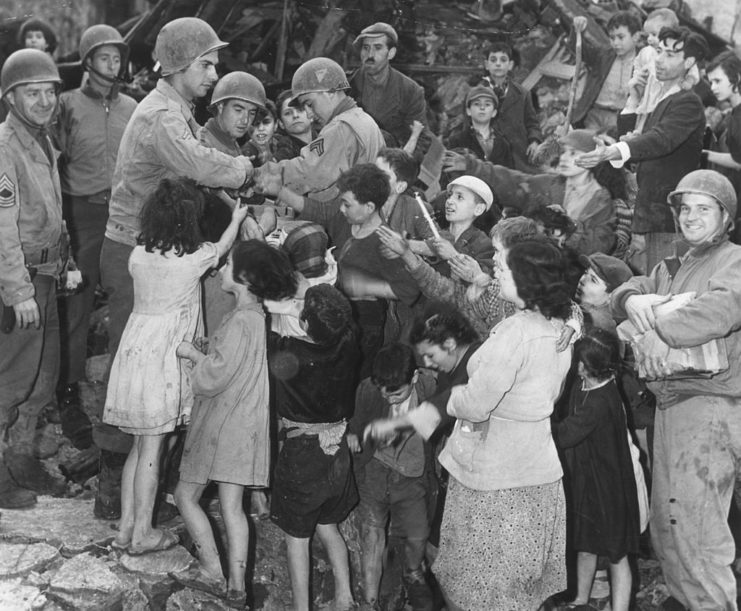
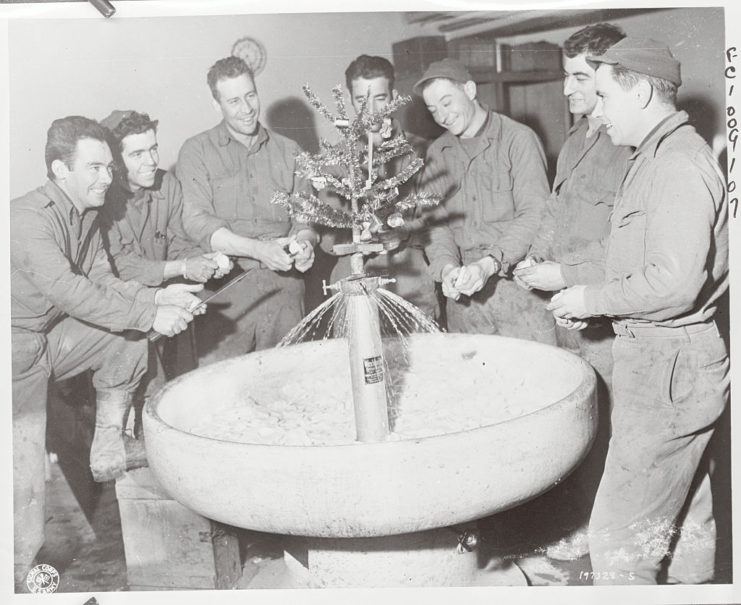
Wartime rationing meant sugar, butter, sweets and meat – including ham – were limited, and while not on the list, so too were turkeys, as an effort was made to send them to troops serving at home and abroad. To provide their families with something special on Christmas Day, some housewives saved up food ration stamps to obtain extra food.
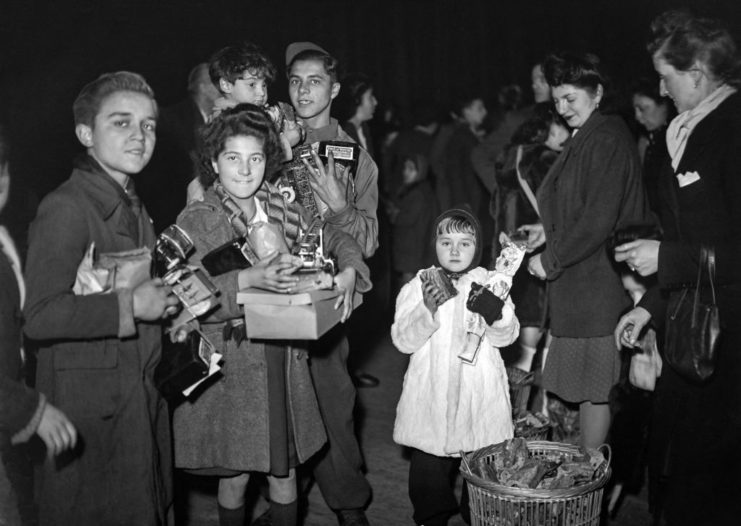
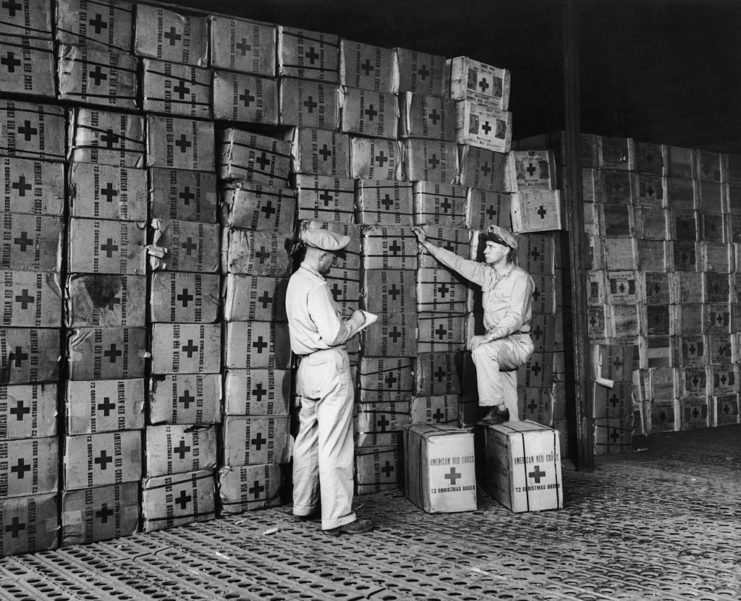
Blackouts on the West Coast and dim-outs on the East meant outdoor lights were frowned upon. As well, with materials such as fuel and rubber being diverted to the war effort, travel was discouraged and people resorted to hand-making gifts or purchasing those made from cardboard, wood and new plastics. The government pushed the purchase of war bonds as both a generous present and a way to contribute to the war effort.
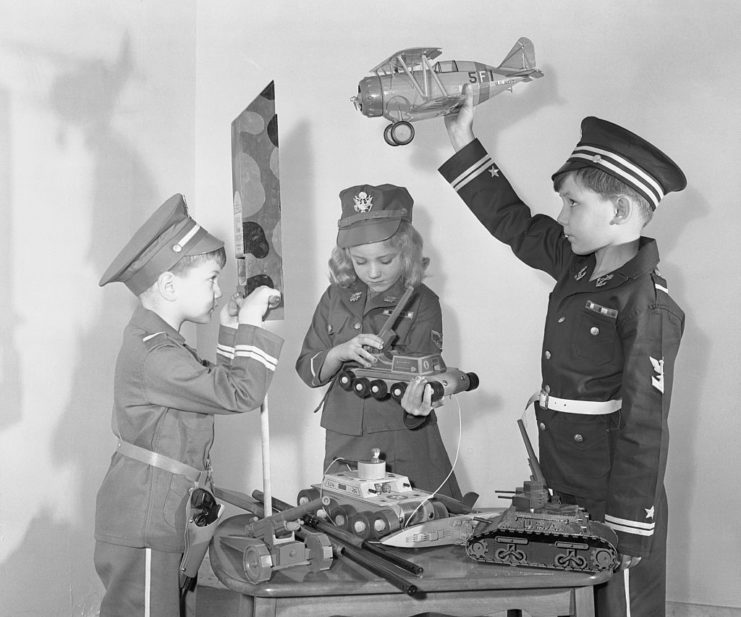
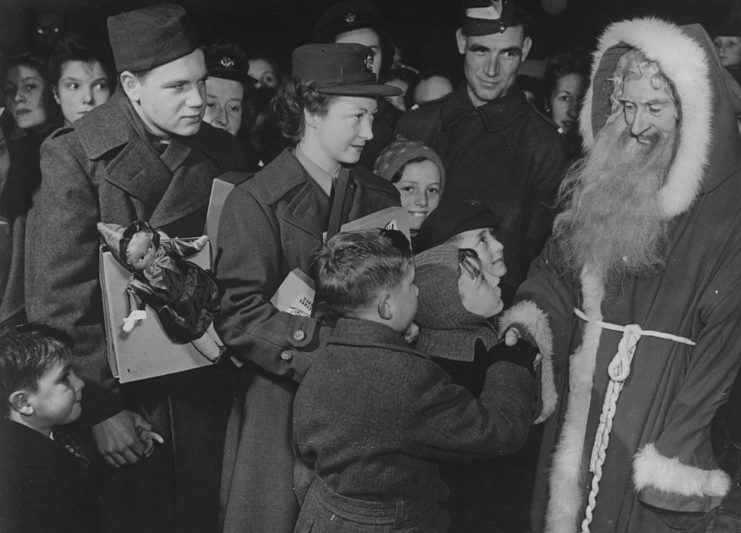
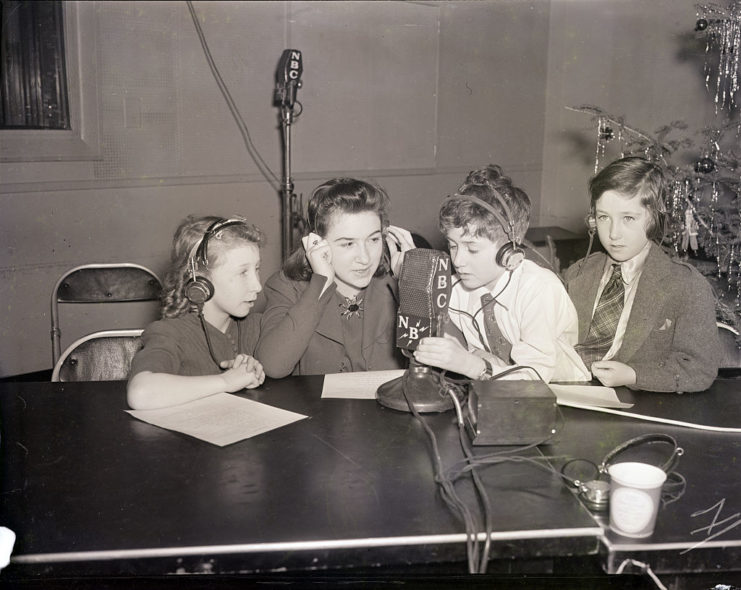
With the majority of the country’s working-age men serving overseas, women had to step in to fill the traditional role of playing Santa Claus, and the lack of manpower meant there was a shortage of Christmas trees. As such, the American public purchased artificial ones, which they decorated with homemade decorations made from paper and string. All decorations originating from Germany and Japan were discarded at the start of the war.
Celebrating Christmas while fighting a war
Service members did their best to make the most of a tough situation, and while their Christmas celebrations were less than traditional, they allowed them to feel a sense of normalcy in the face of danger.
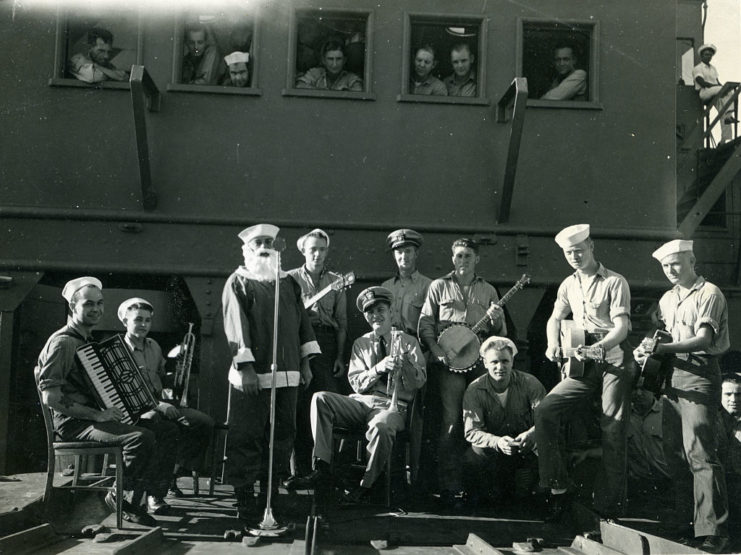
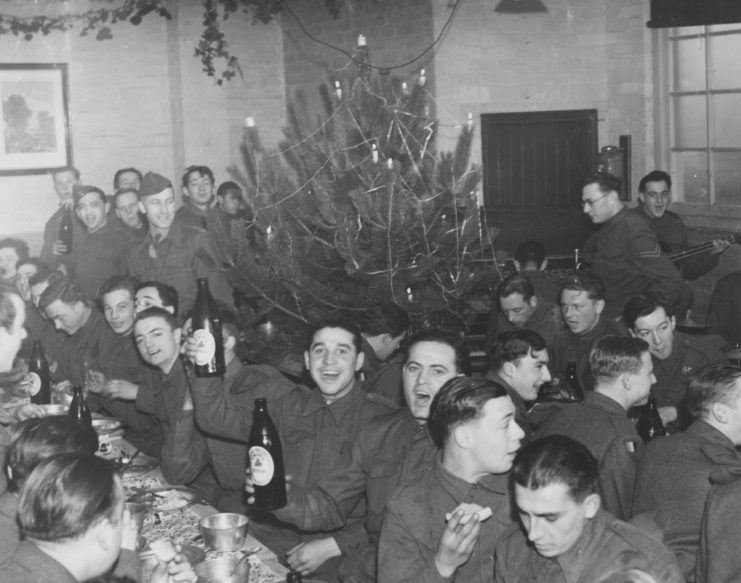
Nothing made troops more excited than receiving gifts from their loved ones. While the Army and Naval post offices did their best to ensure parcels were delivered on time, the amount of mail and the distance meant the task was difficult. To ensure the majority of presents were received by Christmas, it was recommended families mail them out between September 15 and October 15.
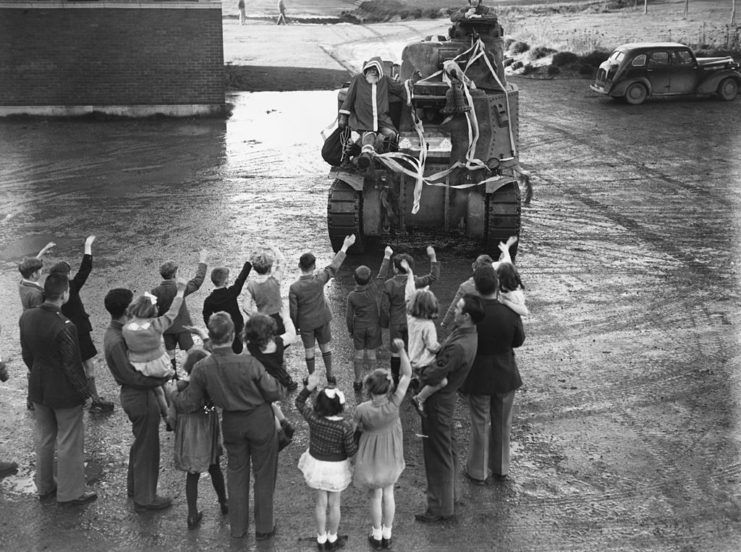
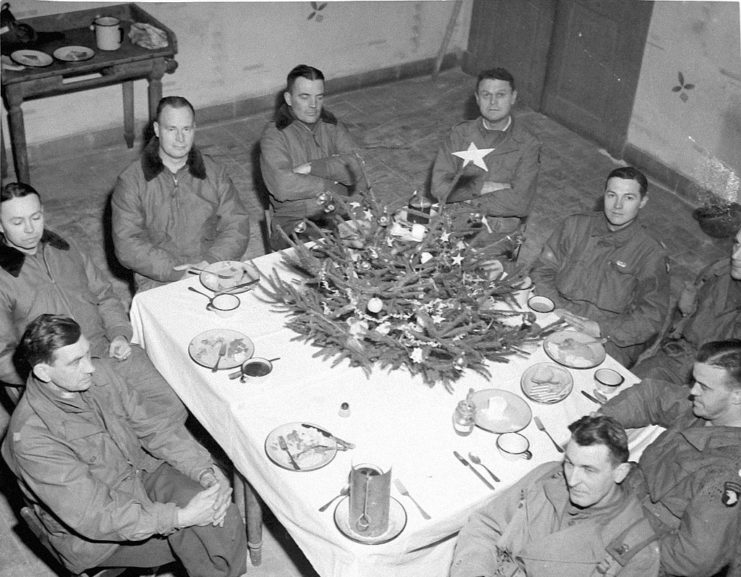
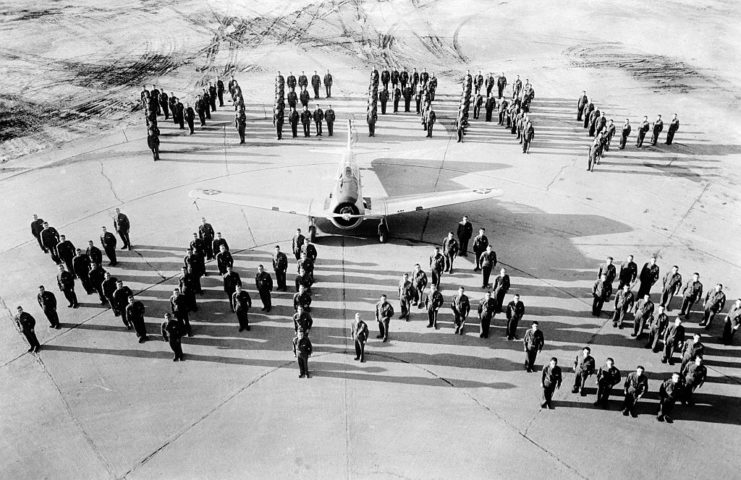
There was also the anticipation of a much-needed (and deserved) Christmas dinner. The Armed Services went out of its way to ensure American troops were provided with a meal that reminded them of home: turkey and ham with all the fixings. Even those on the front were provided turkey dinners when possible.
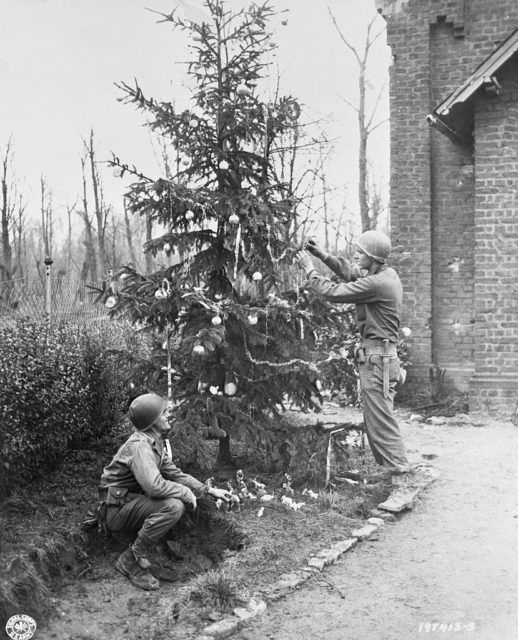
The majority of military bases arranged for in-house celebrations for the troops, including visits from Santa Claus, concerts and parties. Quarters, including hospitals, were decorated with tin and foil decorations, and Christmas services were held on all fronts. American forces stationed in other countries often went out of their way to put together holiday celebrations for the local children, as well.
The Blitz drastically changed Christmas celebrations in Britain
Being at the center of the fighting in Europe, the United Kingdom faced harsh restrictions that affected their celebrations. This was influenced by a number of war-related factors, including The Blitz bombings.
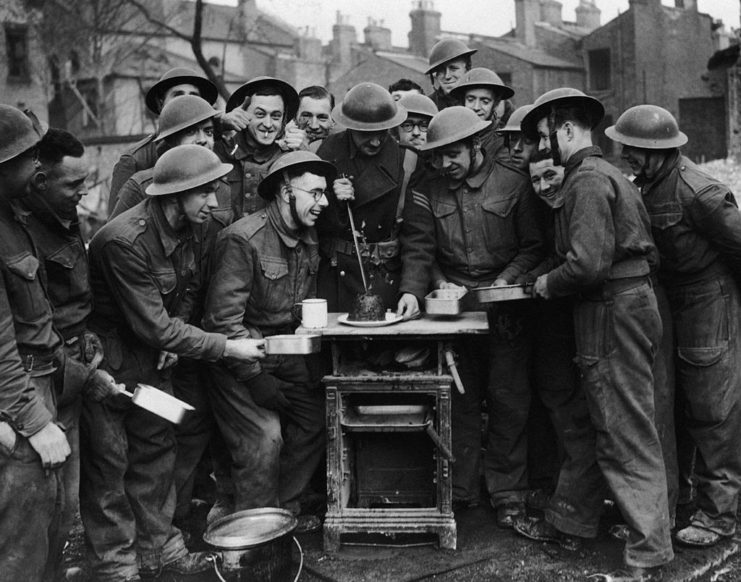
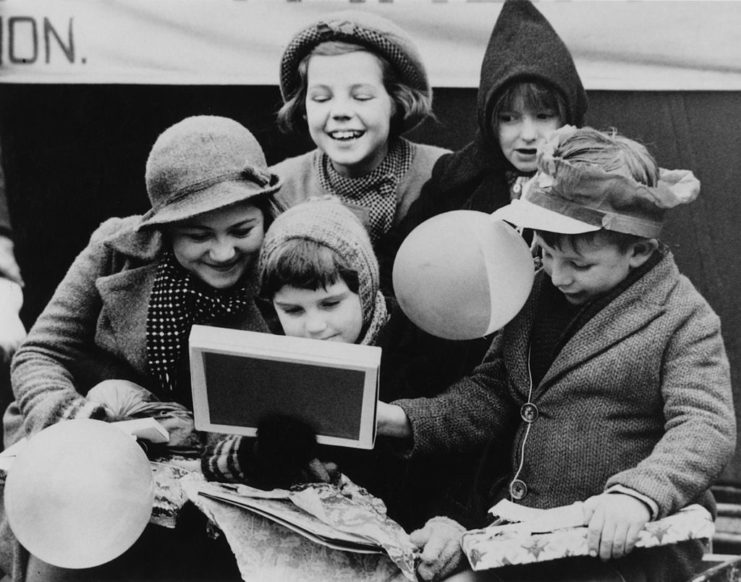
During The Blitz, families based in London spent Christmas Eve in air raid shelters, and outdoor lights were banned due to the blackout. Underground canteens were used to provide shelter and food for those who’d been bombed out of their homes or were working as fire and air wardens, and many children were sent to rural communities to escape the danger.
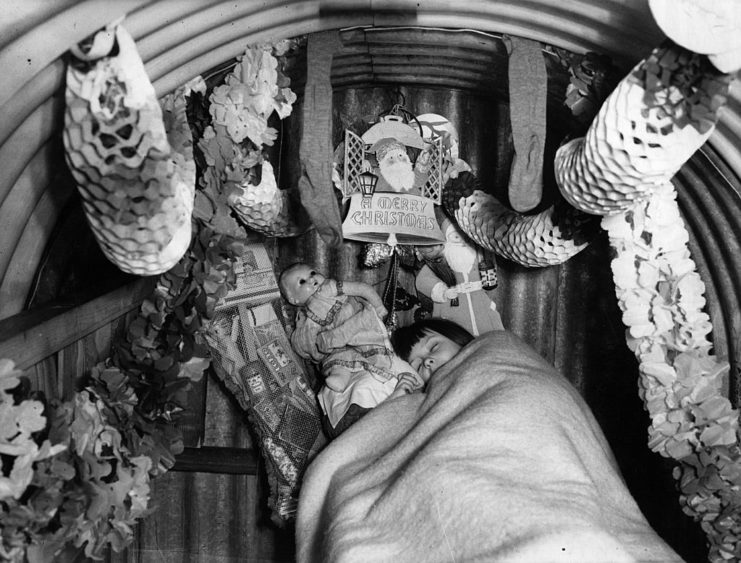
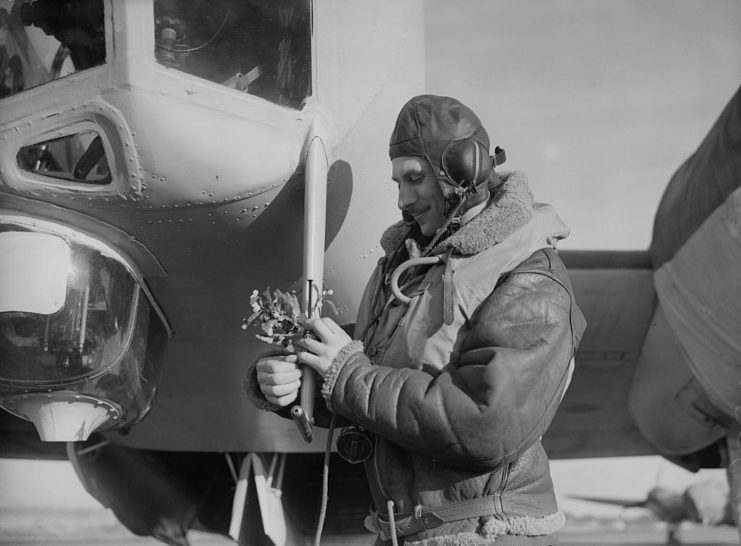
As in the US, gifts were homemade due to restrictions and the National Savings Committee discouraging impractical spending. Ways to support the war effort were promoted, and those who chose to give presents had to wrap the items in old newspaper, as there were limits on how paper could be used. To ensure the children of servicemen received gifts, the YMCA delivered thousands of pounds worth of presents.
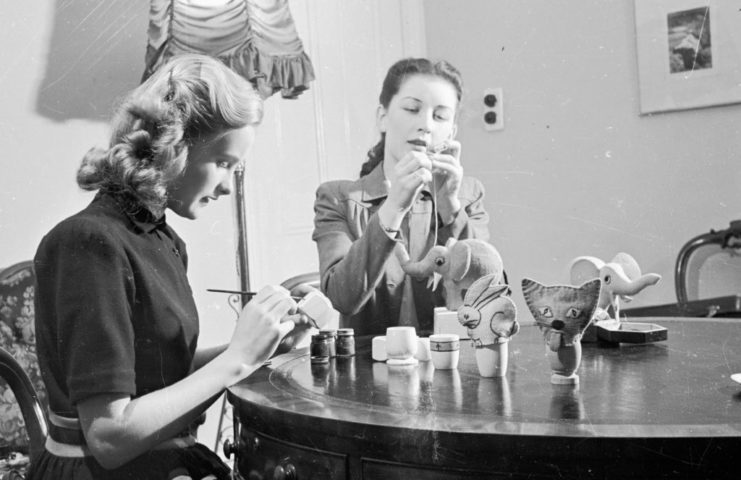
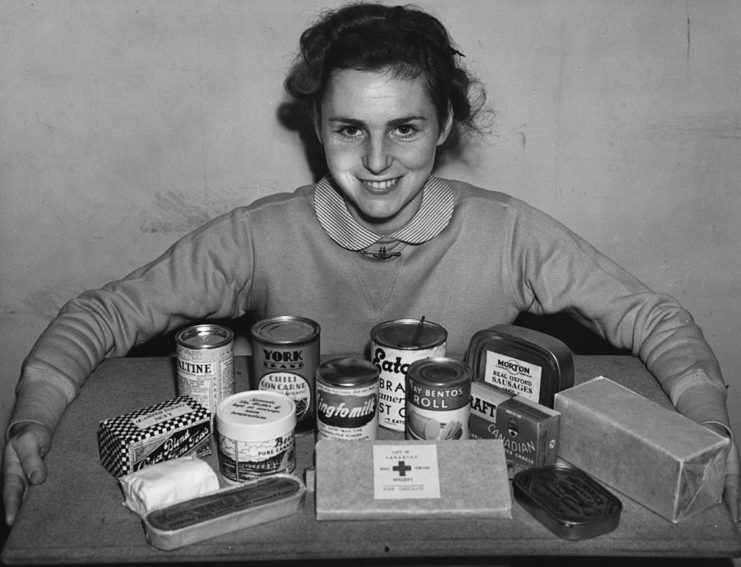
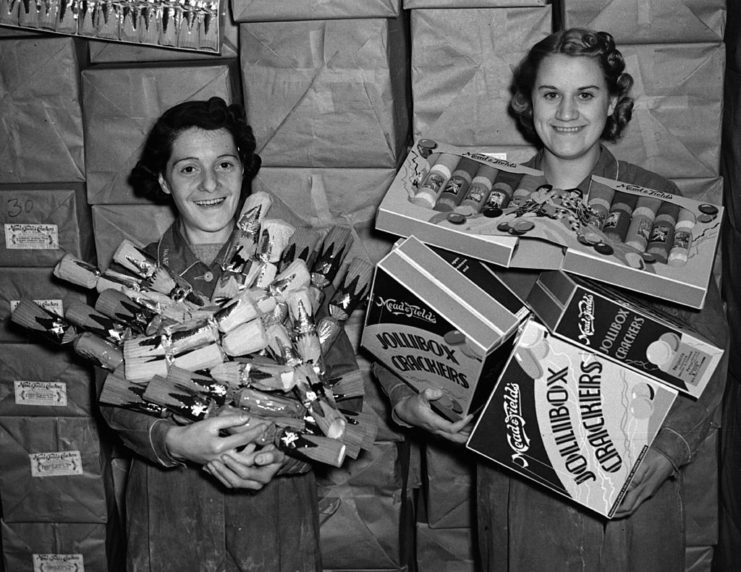
Christmas dinners looked and tasted different than those served pre-war. As in the US, families saved ration coupons for the big day, and those unable to do so replaced old favorites with “mock” foods. Typically made of vegetables and non-rationed meat, these included a mock black treacle made from gravy powder and golden syrup, as well as ox heart, which was the same approximate size as turkey and could be carved in much the same way.
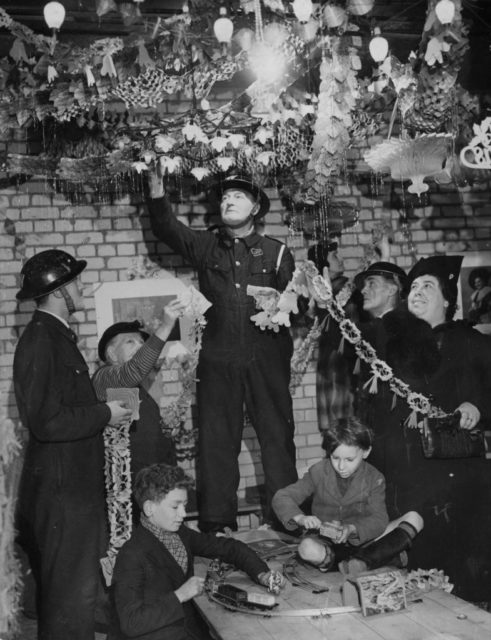
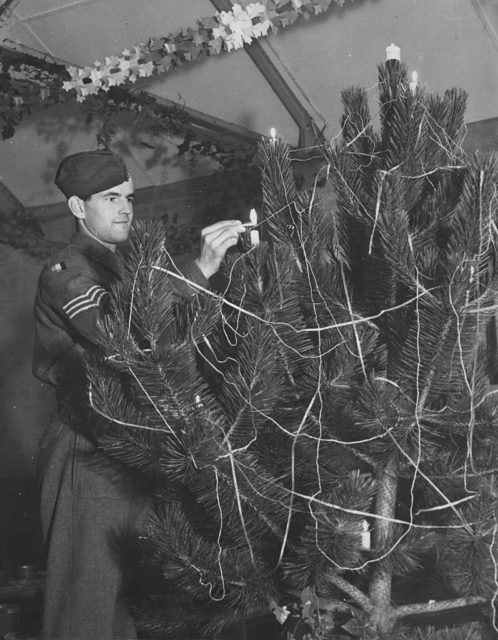
More from us: The Incredible Military Career of Graves Erskine, the US Marine Who Escorted the Unknown Soldier
To raise spirits, the BBC ran a special Christmas Day radio program, which featured a speech by King George VI. It quickly became an annual tradition, which continues to this day. For some families, the celebrations also included a visit from American troops, who brought with them gifts of rationed food that were greatly appreciated.
